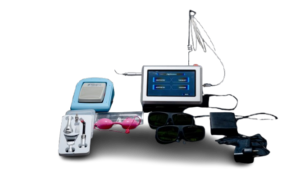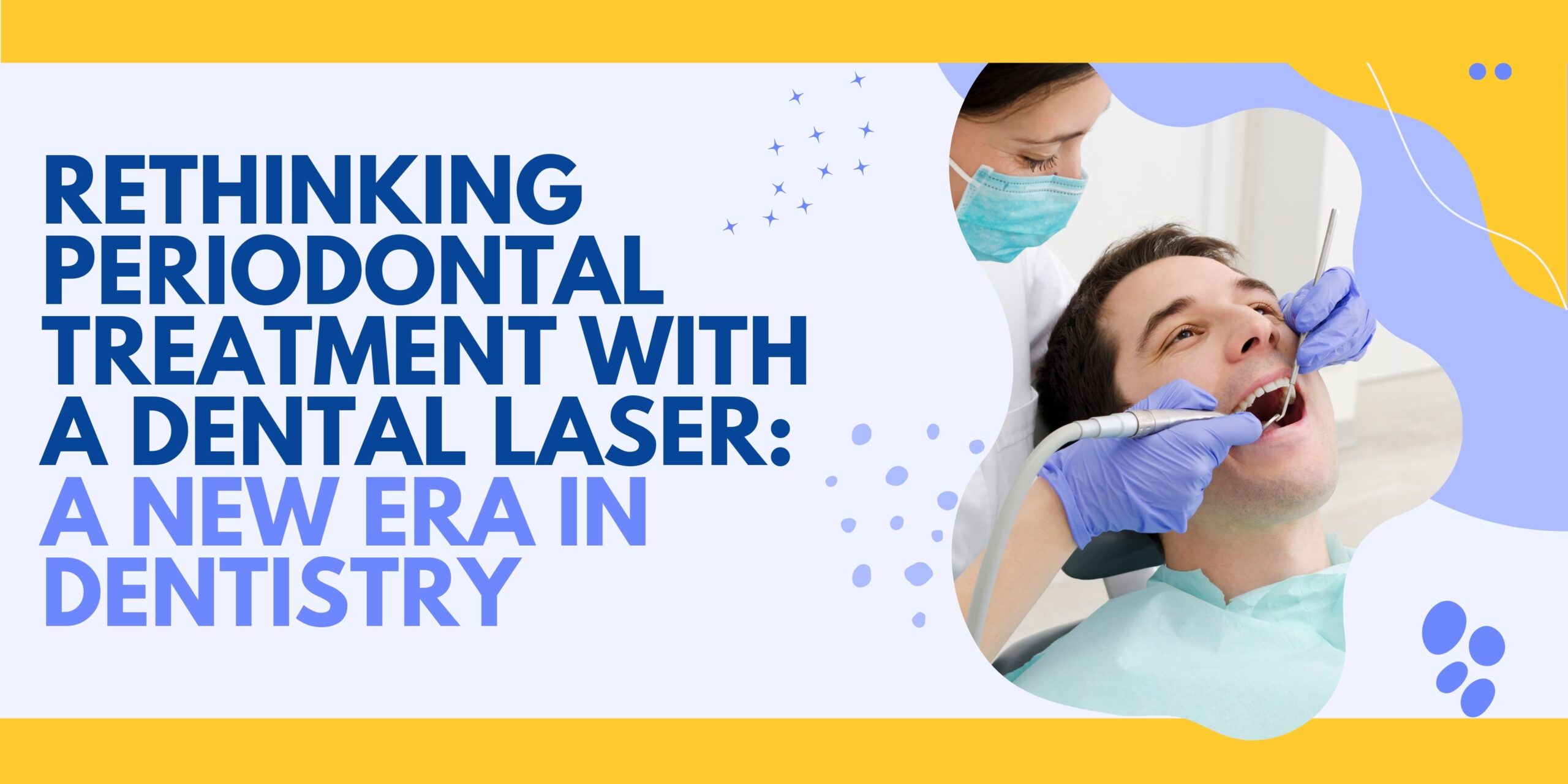Periodontal disease remains one of the most common oral health conditions globally and is a leading cause of tooth loss, systemic health issues, and difficult restorative care. Treatment has historically been focused on scaling, root planing, and surgical flap options. These methods are effective, but they can be time-consuming, uncomfortable, and associated with longer healing time.
Dental laser use can upend this paradigm. For dentists, and periodontists, laser use in the treatment of periodontal disease offers a unique combination of accuracy and precision, patient comfort, and great clinical results.

-
Precision of Bacterial Removal
The basis of any periodontal treatment is the complete removal of pathogenic bacteria and diseased tissue. Dental lasers produce an intense beam of light that can specifically target infected pocket lining and biofilm, while sparing healthy structure.
Clinical benefit: Reducing pocket depth and improving attachment levels can be achieved with less mechanical trauma compared with traditional curettage or surgery.
-
Improved Patient Comfort and Compliance
One of the most significant barriers to treatment for your patients is fear of pain or discomfort. Laser therapy is minimally invasive and generally requires little to no local anesthesia. Patients experience less bleeding, less swelling, and less postoperative discomfort, leading to improved patient acceptance of your treatment recommendations.
Practice benefit bottom line: Improved case acceptance means better patient compliance and more predictable long-term stability for periodontal patients.
-
Biostimulation and Healing
Besides decontamination, certain wavelengths of laser also produce photobiomodulation, which stimulates cellular activity and collagen production.
Effect: Patients will heal faster and tissues will generally regenerate faster, leading to short recovery time and more timely re-evaluation of periodontal status.
-
Improved Hemostasis and Visualization
Dental lasers coagulate small blood vessels as they operate, resulting in a dry surgical field, which improves visibility for procedures such as flap surgery, frenectomy, or gingivectomy.
Clinical implication: Shorter chair time and improved ergonomics for the dentist and patient, respectively.
-
Various Uses in Periodontics
Lasers have many more periodontal uses other than being adjuncts for scaling and root planing:
- Laser Assisted New Attachment Procedure (LANAP) for pocket reduction
- Decontaminating implants with peri-implantitis
- Crown lengthening and gingival recontouring
- Treating aphthous ulcers and herpetic lesions
This versatility provides an opportunity to purchase a laser that is multi-functional beyond the fundamental periodontal therapy.
-
Less Reliance on Antibiotics
Due to the efficacy of lasers in killing bacteria and promoting tissue healing, there is often less dependence on systemic antibiotics. This is especially relevant in our era of antimicrobial resistance and it furthers your commitment to global best practices in antibiotic stewardship.
-
Promotion of Growth and Differentiation
Instituting laser periodontal therapy may allow your practice to be positioned as a technology-driven, patient-centered clinic. Patients will actively look for a modern approach and a comfortable option. Painless treatment and rapid healing not only help you… patients will often refer friends and family members.
On the financial side: While purchasing a dental laser isn’t viewed as a minor expense, it is worth noting that accepting and completing additional cases will allow you to realize a quick return on your investment.

Incorporating Lasers into Your Periodontal Practice
Using dental laser technology requires some planning, but it is easier to implement than most clinicians feel. Respectable manufacturers provide a full educational and clinical support program so you and your team will feel confident selecting a wavelength, power settings and procedural protocols.
Suggestion for implementation: Start with the laser as an adjunct to your scaling and root planing cases, and then, as you feel confident, utilize them for surgical applications.
Most Important for Dentists and Periodontists
Dental lasers are not just an add-on – they are fast becoming the standard of care for advanced periodontal management. By utilizing laser periodontal therapy, you will be able to:
- Achieve better clinical results
- Improve your patient’s comfort and experience
- Differentiate yourself in the marketplace
- Contribute to the long-term oral and systemic health of your patients
For dentists that want to stay at the leading edge of their profession, laser-assisted periodontal therapy gives an opportunity to reach beyond the level of clinical excellence, into that of practice growth.


Comments